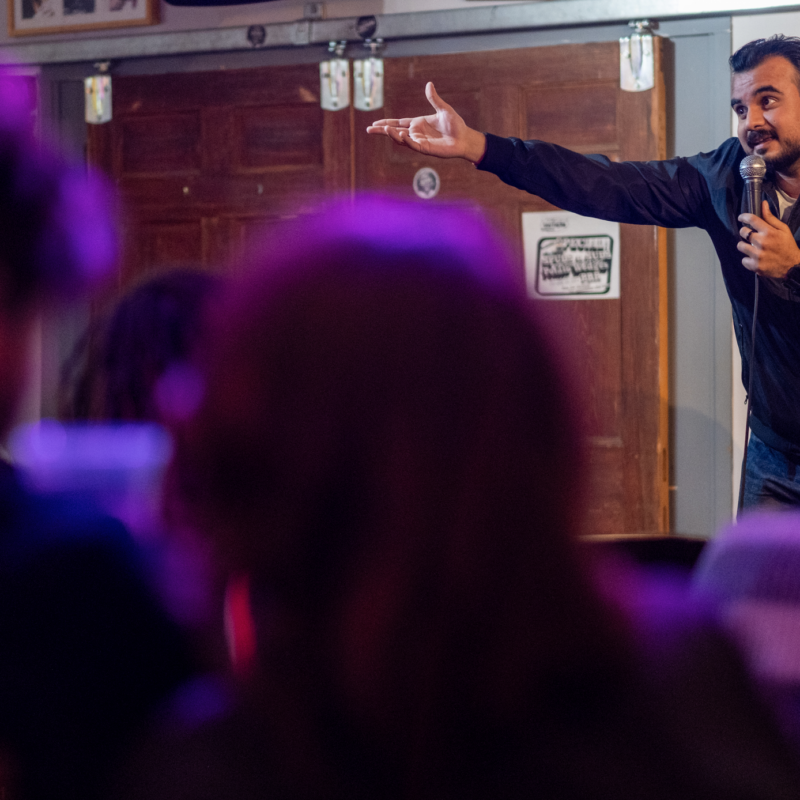Making sparkling wine is a complex and difficult process, more so in many ways than making still wine. Sparkling wine made with the traditional Champagne method goes through a secondary fermentation in the bottle, from whence cometh the fizz, and then ages for at least two years and often more. It usually takes more time, space, and mechanical labor than making regular wine, and it can all blow up at any point. “It’s not over,” Frenchman Claude Thibaut says, “until the bottle is in the ice bucket.”
Hard though the process may be, Thibaut’s wine tastes effortless. No surprise, given that every part of his curriculum vitae deals with the creation of that particularly joyful and unique wine called Champagne. At least that’s what it’s called in France, in the area known as, you got it, Champagne. Anywhere else and you need a new nomenclature. Dig then the irony that Thibaut—who’s part of a four generation Champagne-making family—has spent over half of his 30-some-year winemaking career in other countries making sparkling wine—bubbly, fizz, what-have-you—and not Champagne.
|
A bright past: Claude Thibaut has spent over half of his 30-some-year winemaking career in other countries making sparkling wine. |
Thibaut has helped bring bubbles to wineries in Australia and California, including the well-regarded California sparkling wine producers Iron Horse Vineyards and J Winery, where he began their sparkling production in the late 80s. In 2002, he was asked to come to Virginia, to help with Kluge Estate Vineyards’ fledgling sparkling wine program, and stayed there for almost three years before leaving to make wine for himself. Thibaut-Janisson is that wine, made with his financial partner Manuel Janisson, himself the head of a family Champagne house back in France. Thibaut-Janisson currently makes one wine (although there will be more in the future), a non-vintage, all Chardonnay sparkling wine made from some of the oldest Chardonnay vines in Virginia.
“If you look at the location, the climate and the soil [here in Virginia],” Thibaut says, “a lot of people [in Champagne] are going to say, ‘You are completely wrong.’” It’s warmer here, and as a result grapes don’t get the kind of acidity that they do in Champagne. Nor do we have the limestone soil that, to the Champenoise, is vital to their wine’s flavor. But “acid isn’t everything,” Thibaut says, and flavor is more important than “the right spot on the map.”
But the location, and the name that goes with it, matters a lot when it comes time to try and sell your sparkling wine. “Right now the Virginia label doesn’t help,” Thibaut says. “We have to find a way, in the style of sparkling wine, to be different.” Following in the footsteps of his own work at Kluge, Thibaut is doing just that, making a sparkling wine that reflects his past and is distinctly Virginian. “I don’t want to be compared to Champagne,” he says.
Thibaut-Janisson is the 12th sparkling wine program that Claude Thibaut has started. At 51, he’s been doing this a long time, dragging some of the same old equipment with him from winery to winery, helping to teach the Champagne Method from France to Australia, to California, and now Virginia. But here he’s reaping the rewards. He’s got his name on the bottle and he’s showing what it tastes like when Champagne meets the Old Dominion. And what does the family, back there in the motherland, think of his Virginia wine?
“It’s kind of sad to say,” Thibaut admits, “but I don’t think they have tasted it.”






